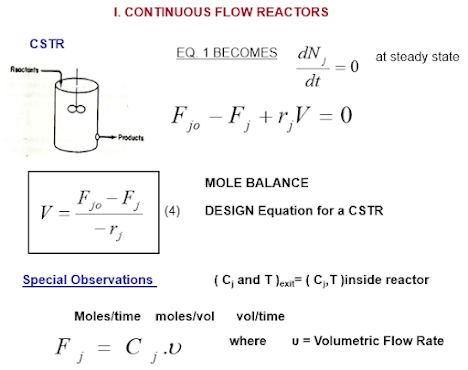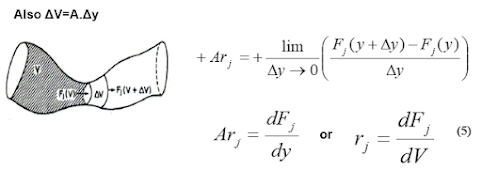a) Tubular Flow Reactors
Used in large scale applications especially gas phase reactions.
Used for fast homogeneous and heterogeneous reactions
Suitable for continuous production and high temperature reactions.
Advantages:
- Highest conversion per unit volume.
- Low operating labour costs
- Continuous operation
- Good heat transfer
Disadvantages:
- Undesired thermal gradients may exists, hence poor temperature control
- Shutdown and cleaning can be expensive
b) Tubular Fixed Bed Reactor
Suitable for gas phase solid catalyzed reactions i.e., gas-solid reactions.
Advantages
- Highest conversion per unit mass of catalyst
- Low operating labour cost
- Continuous operations
Disadvantages:
- Undesired thermal gradients may exists, hence poor temperature control.
- Channeling may occur. This is caused by uneven or loose packing of solid phase material inside the column meaning liquid flowing experiences less resistance hence higher flow rates. The liquid thus passes through voids within the bed rather than having contact with the packed material. This lowers the performance of the column.
- It is difficult to service and/or clean the unit.
c) Batch Reactors
Used in small scale productions e.g. laboratory processes. Widely used in pharmaceutical and fermentation processes.
Advantages:
- High conversion per unit volume for one pass
- Flexibility of operation. The same reactor can be used to produce one product at one time and another product in the next time.
- Easy to Clean
Disadvantages:
- High operation costs i.e. labour costs
- The quality of the product varies as compared to continuous operations
d) Semi-batch Reactor
Suitable for small scale production.
Two phase reactions like gas-liquid reactions can be carried out.
Advantages:
- High conversion per unit volume for one pass.
- Good selectivity. The feed can be controlled to minimize side reactions.
- Flexibility of the operation can be used with a reflux condenser for solvent recovery or bubble type reactions.
Disadvantages:
- High operation costs i.e. labour costs.
- The quality of the product varies as compared to continuous operations
e) Continously-stirred Tank Reactors (CSTR)
Suitable for liquid phase, gas-liquid, solid-liquid reactions
Advantages:
- Continuous operation
- Good temperature control
- Easily adaptable to two phase (gas-liquid) reactions
- Reaction control is possible
- Easy to construct
- Low labor costs
- Easy to clean
Disadvantages:
- Lowest conversion per unit time
- By-passing channeling is possible with poor agitation.
f) Fluidized Bed
Suitable for gas-solid reactions and gas-solid catalyzed reactions
Advantages:
- Good mixing
- Good uniformity of temperature
- Continuous regeneration of the catalyst by using an auxiliary loop.
Disadvantages:
- Bed fluid mechanics not well known
- Severe agitation can result in catalyst destruction, dust formation and carry over in product streams
- Uncertain scale up














